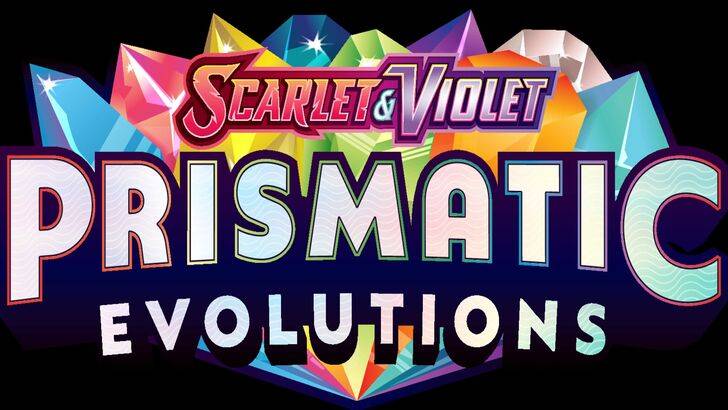It's rare that a developer becomes synonymous with a single genre, but Bethesda has its signature style so locked down that it's a wonder we don't just call the entire field of first-person open-world Western RPGs "Skyrimlikes" or "Oblivionvanias." Over the past three decades since The Elder Scrolls: Arena debuted, Bethesda Game Studios has emerged as a juggernaut in the triple-A space, earning a rabid fanbase, massive sales, and a $7.5 billion acquisition from Microsoft, solely on the strength of its tried and true design principles.
Bethesda's journey has been filled with both remarkable successes and notable missteps. The recent release of The Elder Scrolls: Oblivion Remaster has sparked renewed interest and prompted us to reassess the studio's portfolio. With The Elder Scrolls VI still a distant dream, now is the perfect time to rank Bethesda's RPGs. This list focuses exclusively on Bethesda's core RPGs, excluding spinoffs like Battlespire and Redguard, as well as mobile titles such as The Elder Scrolls Blades and Fallout Shelter.
9: Elder Scrolls: Arena
The first entry in the franchise, Arena, marks the beginning of Bethesda's epic journey. Launched in 1994, it was an ambitious blend of sports and action, initially featuring medieval gladiator battles. The developers quickly pivoted to allow players to explore cities and delve into challenging dungeons, creating a unique first-person RPG experience reminiscent of Ultima Underworld and Might and Magic. Despite its arcane systems, randomized loot, and clunky movement, Arena's success laid the groundwork for Bethesda's future endeavors.
 The Elder Scrolls: Arena
Bethesda
The Elder Scrolls: Arena
Bethesda
8: Starfield
With each new Bethesda Game Studios (BGS) release, speculation abounds about a potential engine upgrade. Starfield, however, stuck with the familiar "Creation Engine 2.0," which, despite its new moniker and animation improvements, still necessitates loading screens for even the simplest transitions. The game's NASApunk sci-fi setting was a refreshing departure from the usual locales, but its 1,000 procedurally generated planets felt repetitive and lacked the charm of Bethesda's handcrafted worlds. While Starfield promised a vast universe, it often felt more like a series of similar outposts and mines, making it challenging to overlook its shortcomings given its high budget and ambitious scope.
 Starfield
Bethesda Game Studios
Starfield
Bethesda Game Studios
7: Elder Scrolls: Daggerfall
Starfield's procedural generation might have been disappointing, but Bethesda has a rich history with this technology. Daggerfall, released in 1997, is a testament to this, boasting a staggering 80,000 square miles of explorable terrain. With nine distinct climates, 44 political regions, and 15,000 points of interest, Daggerfall's world was vast and filled with opportunities for adventure and mischief. Although its combat was still clunky, the introduction of skill-based progression and the ability to buy properties and join guilds added depth to the experience. Despite its size and potential, Daggerfall's immersion could have been enhanced with multiplayer elements.
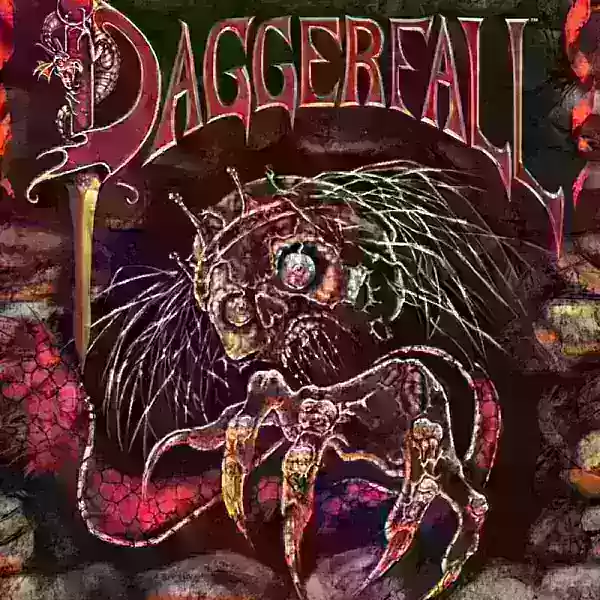 The Elder Scrolls: Chapter II -- Daggerfall
Bethesda
The Elder Scrolls: Chapter II -- Daggerfall
Bethesda
6: Fallout 76
Fallout 76's inclusion on this list might surprise some, given its departure from the traditional RPG format into a live-service multiplayer model. Initially launched to a lukewarm reception due to its lack of NPCs and focus on online interactions, the game faced numerous challenges. However, the Wastelanders update significantly improved the experience by adding voiced NPCs and refining the loot system. Despite these improvements, Fallout 76 still struggles to match the depth and quality of Bethesda's other RPGs, particularly when compared to the well-received Elder Scrolls Online.
 Fallout 76
Bethesda Game Studios
Fallout 76
Bethesda Game Studios
5: Fallout 4
With an impressive 25 million copies sold, Fallout 4 is the most commercially successful game in the series. It introduced streamlined gameplay and quality-of-life improvements, making it more accessible to a broader audience. The Commonwealth's detailed environment and the innovative settlement-building system added new layers to the experience. However, the game's narrative, centered around synthetic humans and a predictable plot twist, felt at odds with the Fallout universe's traditional flavor. The dialogue system, which limited player interaction, was a notable disappointment, reflecting a shift away from the series' RPG roots.
 Fallout 4
Bethesda Game Studios
Fallout 4
Bethesda Game Studios
4: Fallout 3
When Bethesda announced its acquisition of the Fallout franchise in 2004, the gaming community was divided. Fallout 3's opening sequence, which transitioned from birth to adulthood inside Vault 101, set a strong narrative foundation. The introduction of the V.A.T.S. system was a brilliant adaptation of the series' combat mechanics into a first-person perspective. However, the Capital Wasteland's repetitive encounters and the game's linear ending, which was later addressed by the Broken Steel DLC, highlighted Bethesda's struggle to balance its open-world design with the Fallout series' established tone. For a more cohesive experience, players can explore the Tale of Two Wastelands mod or await the anticipated remake.
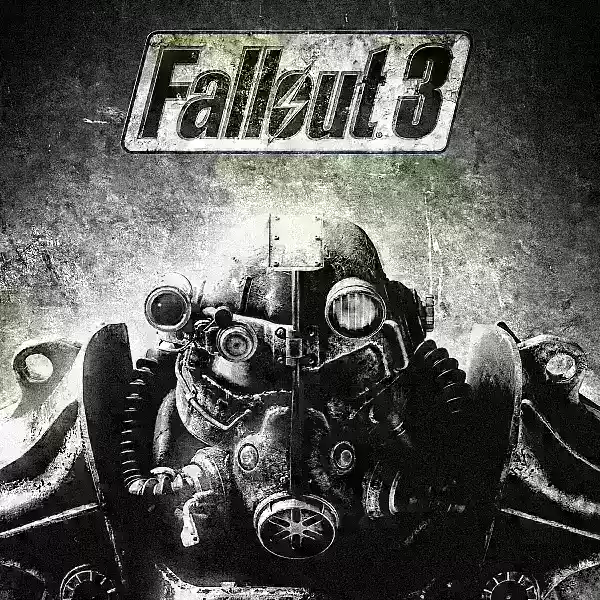 Fallout 3
Bethesda Game Studios
Fallout 3
Bethesda Game Studios
3: The Elder Scrolls IV: Oblivion
Oblivion serves as the blueprint for modern Bethesda RPGs. While it shares similarities with its predecessor, Morrowind, it's Oblivion that set the standard for subsequent titles, including Fallout and Starfield. The game's main storyline, featuring a Daedric invasion and Sean Bean's voice acting, was cinematic and engaging. However, it's the side quests, particularly those involving the guilds, that truly shine. The Dark Brotherhood's unique kill conditions and the Thieves Guild's secretive recruitment process added depth to the gameplay. The Oblivion Remaster modernizes the experience with improved graphics and a more forgiving progression system, but retains the game's unique charm and quirks.
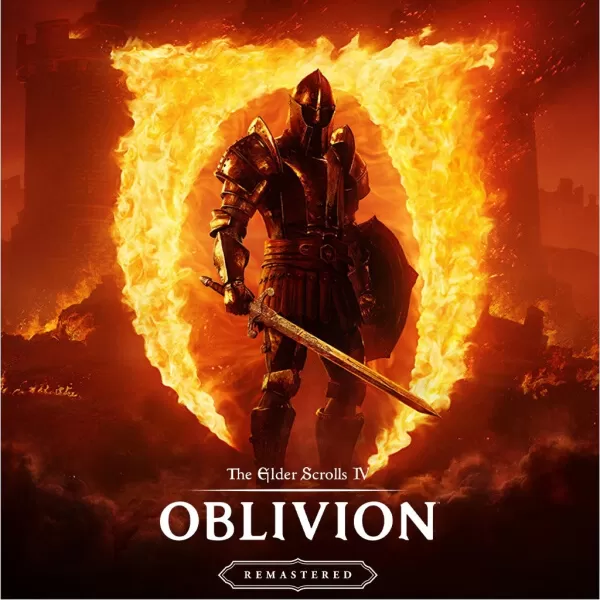 The Elder Scrolls IV: Oblivion Remastered
Bethesda Game Studios
The Elder Scrolls IV: Oblivion Remastered
Bethesda Game Studios
2: The Elder Scrolls V: Skyrim
Skyrim, while simplifying some elements of its predecessors, introduced significant improvements to gameplay. The ability to dash, dual-wield, and craft weapons made combat more engaging, while the addition of shouts added a unique layer to the experience. Skyrim's world, with its frozen landscapes and varied regions, felt more cohesive and immersive than Oblivion's setting. The game's success transformed the Elder Scrolls series into a mainstream phenomenon, balancing accessibility with depth in a way that resonated with a broad audience. Skyrim's enduring popularity, driven by its expansive world and modding community, solidifies its place as a landmark in gaming.

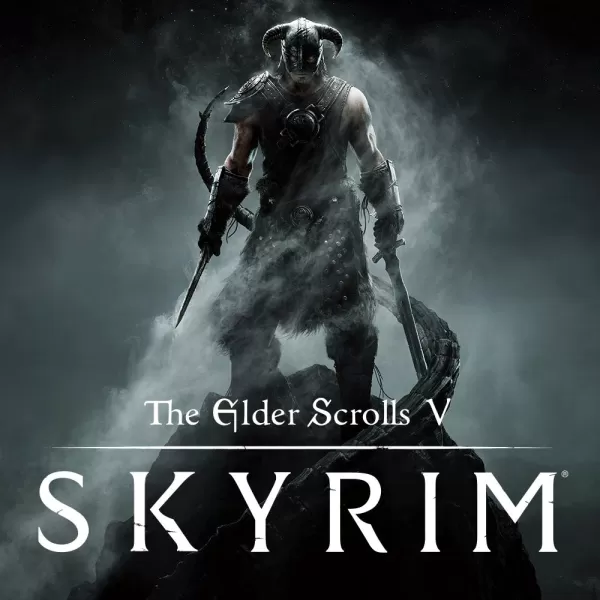 The Elder Scrolls V: Skyrim
Bethesda Game Studios
The Elder Scrolls V: Skyrim
Bethesda Game Studios
Honorable Mention: Fallout: New Vegas
While not developed by Bethesda, Fallout: New Vegas deserves recognition for its exceptional storytelling and gameplay. Built on Bethesda's engine, it masterfully combines the series' traditional RPG elements with Bethesda's open-world design. Its narrative and player choice options make it a standout title that should not be missed, especially with the anticipation surrounding the next season of the Fallout TV series.
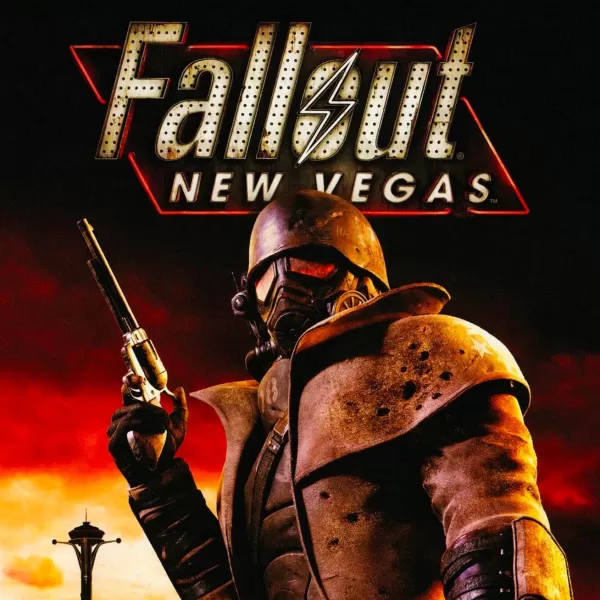 Fallout: New Vegas
Obsidian Entertainment
Fallout: New Vegas
Obsidian Entertainment
1: The Elder Scrolls III: Morrowind
Morrowind stands as the pinnacle of Bethesda's RPG offerings, despite its challenging interface and combat mechanics. Its unparalleled freedom, from the absence of quest markers to the intricate spellmaking system, allowed for a deeply immersive experience. The world of Vvardenfell, with its unique aesthetic inspired by The Dark Crystal and Dune, was a departure from fantasy norms and remains unforgettable. While Morrowind's complexity may have limited its mainstream appeal, its impact on the RPG genre is undeniable. Reflecting on Morrowind, one can draw parallels to modern successes like Baldur's Gate 3, which similarly balances depth and accessibility. The question remains: could a sequel to Morrowind capture today's audience with its uncompromising vision?
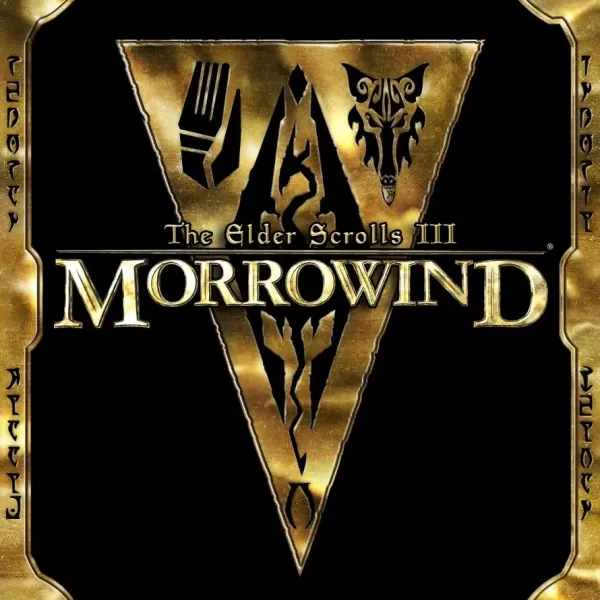 The Elder Scrolls III: Morrowind
Bethesda
The Elder Scrolls III: Morrowind
Bethesda

